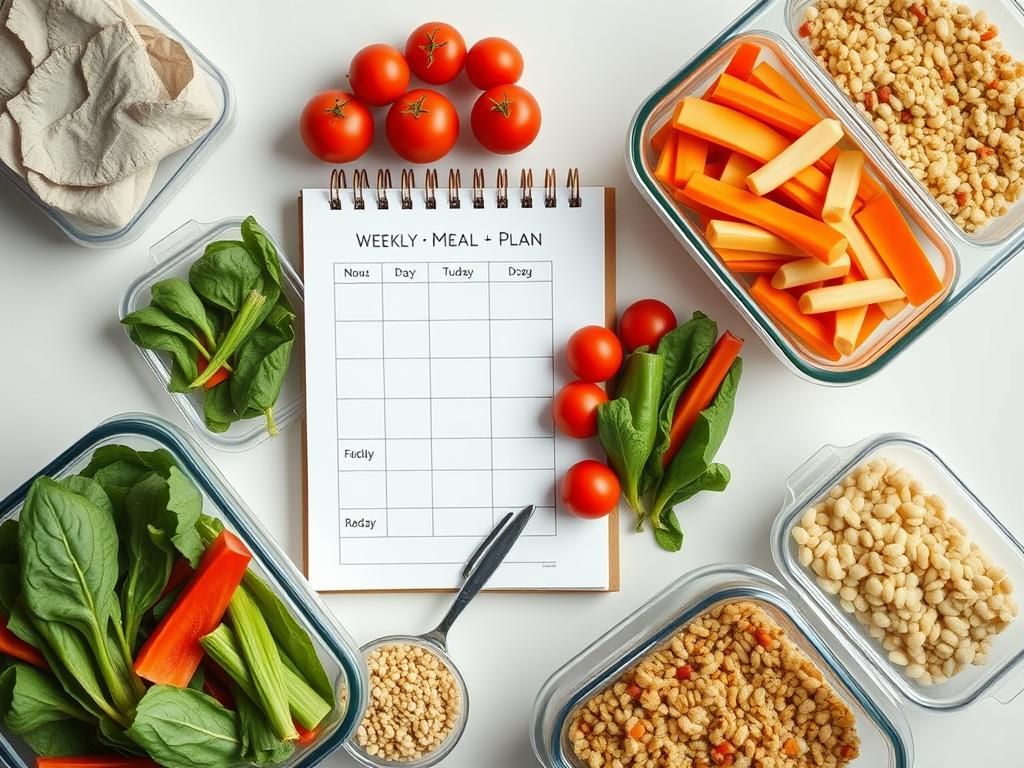
Meal planning reduces daily decisions and keeps cooking practical. Follow a simple routine and you will save time, money, and stress.
First steps
Spend 15 minutes checking your fridge and pantry, choose three dinner themes for the week, and pick four flexible recipes you can reuse with small swaps.
Weekly system
- Set a rhythm: plan two quick meals, two moderate, one slow-cook, and two flexible slots.
- Create a consolidated shopping list organized by store sections.
- Batch key ingredients: cook grains, roast a pan of vegetables, and prepare a versatile sauce.
- Portion and label meals for easy reheating or freezing.
- Reserve one night for leftovers or a simple salad to reduce waste.
Batching and prep
Chop vegetables once, store them in clear containers, and cook a base grain. Small prep steps shorten nightly cooking to 10–20 minutes.
Shopping and workflow
- Shop with a list sorted by aisle to save time.
- Choose ingredients that work across meals, such as a protein that pairs with different sauces.
- Buy some freezer-friendly components to extend your options midweek.
Simple formulas for variety
Use the formula protein + grain + vegetable + sauce. Swap the protein or sauce to create new meals without new recipes.
Sample week
Sunday: plan and shop. Monday: one-pot meal. Tuesday: salad with batch-cooked grain. Wednesday: use leftovers. Thursday: quick stir-fry. Friday: simple pasta or fish. Saturday: slow-cook or try a new recipe.
Wrap up
Start small, track what works, and keep a short list of reliable meals. Consistent steps make cooking feel manageable instead of overwhelming.
